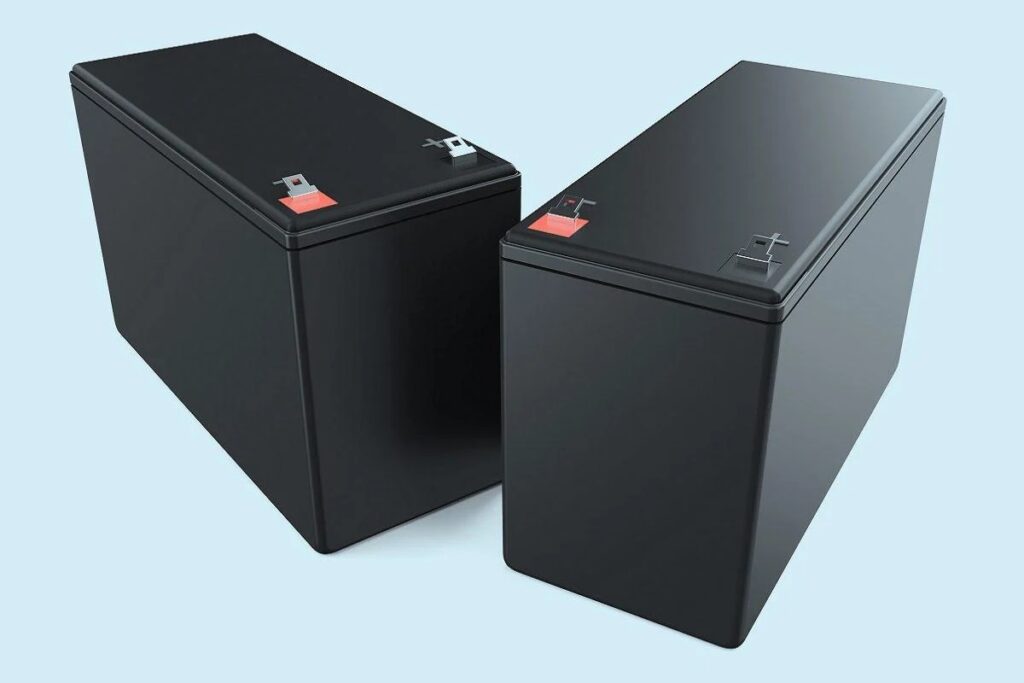Valve Regulated Lead-Acid (VRLA) batteries, including Absorbent Glass Mat (AGM) and Gel batteries, have several differences compared to traditional flooded lead-acid batteries.
- Design and Construction:
- VRLA batteries are sealed, maintenance-free batteries. They use a recombination process to prevent water loss, whereas traditional lead-acid batteries have caps for adding water and require periodic maintenance to replenish lost electrolyte.
- Traditional lead-acid batteries have free-flowing electrolyte (liquid sulfuric acid), while VRLA batteries use a gel or absorbent glass mat to immobilize the electrolyte, making them spill-proof and allowing for installation in various orientations.
- Gas Recombination:
- VRLA batteries are designed with a valve that allows gases formed during charging to recombine back into water within the battery, reducing the need for water addition and minimizing gas emissions. Traditional lead-acid batteries vent hydrogen and oxygen gases produced during charging, requiring ventilation to prevent buildup of explosive gases.
- Usage and Applications:
- VRLA batteries are commonly used in applications where maintenance is difficult or impossible, such as in uninterruptible power supplies (UPS), telecommunications, and smaller standby power applications. Traditional lead-acid batteries are often used in automotive, marine, and industrial applications where periodic maintenance is feasible.
- Internal Resistance and Performance:
- VRLA batteries typically have higher internal resistance compared to flooded lead-acid batteries due to their sealed construction and use of absorbent materials. This can affect their performance in high-current applications, where traditional lead-acid batteries may have an advantage.
- However, VRLA batteries offer advantages in terms of deep-cycle performance and tolerance to overcharging due to their design, making them suitable for standby and cyclic applications.
- Cost and Lifespan:
- VRLA batteries tend to be more expensive upfront compared to flooded lead-acid batteries due to their advanced design and technology.
- However, VRLA batteries often have a longer service life and require less maintenance over their lifespan, potentially offering better long-term value despite the higher initial cost.
Understanding these differences is crucial for selecting the appropriate type of battery for specific applications, considering factors such as maintenance requirements, performance characteristics, and cost considerations.


